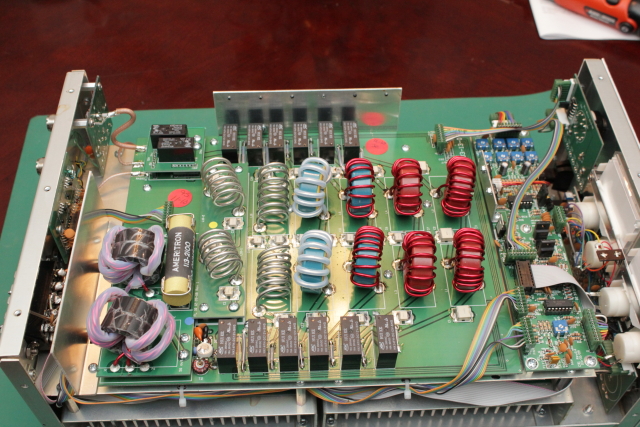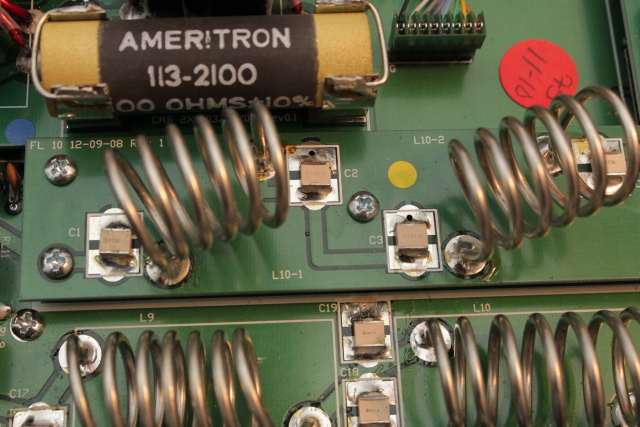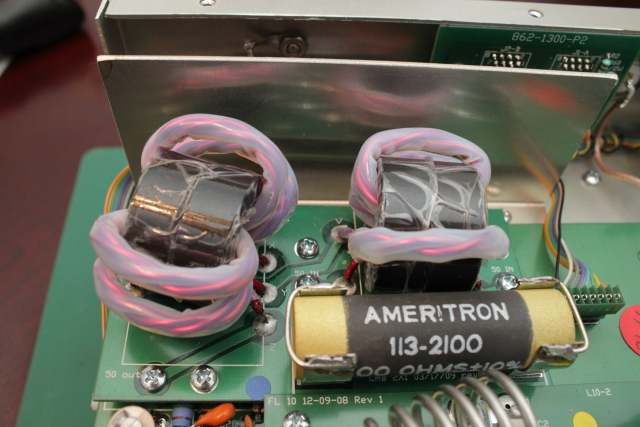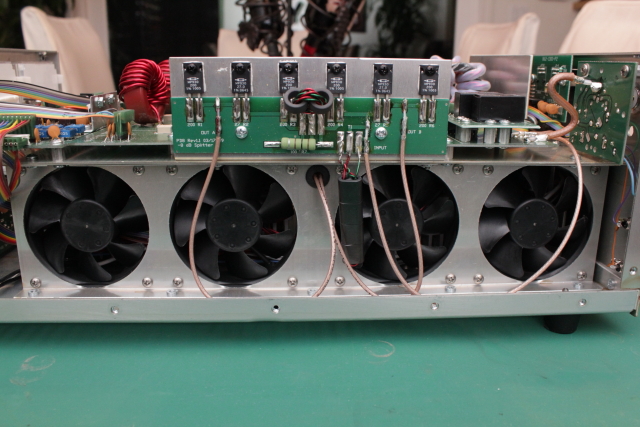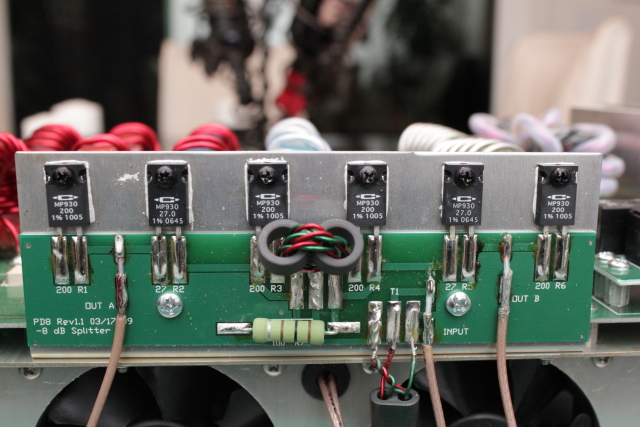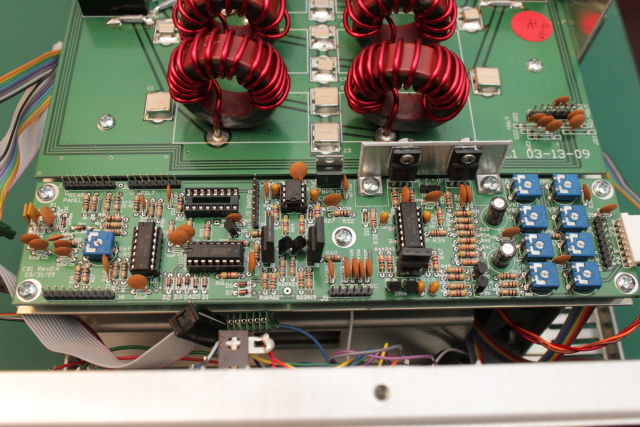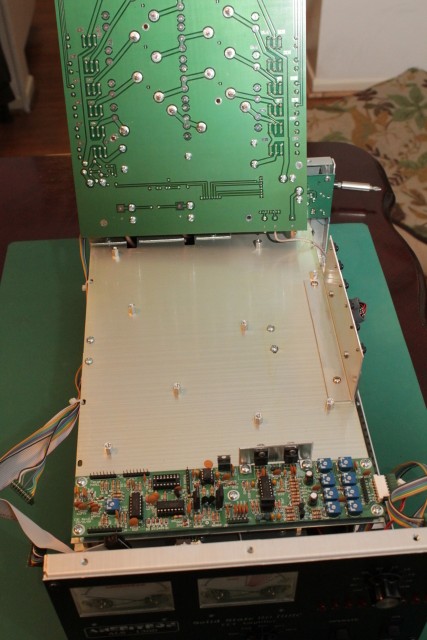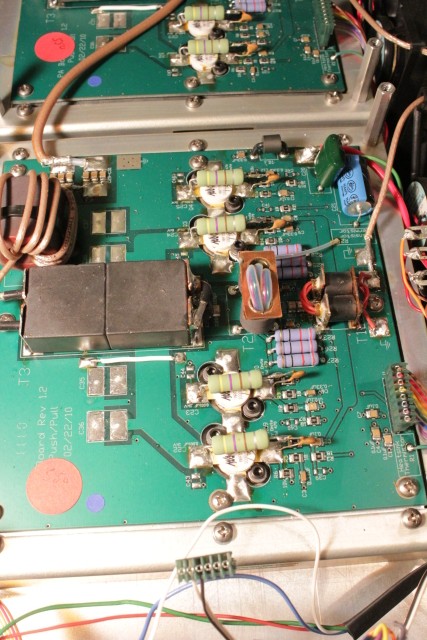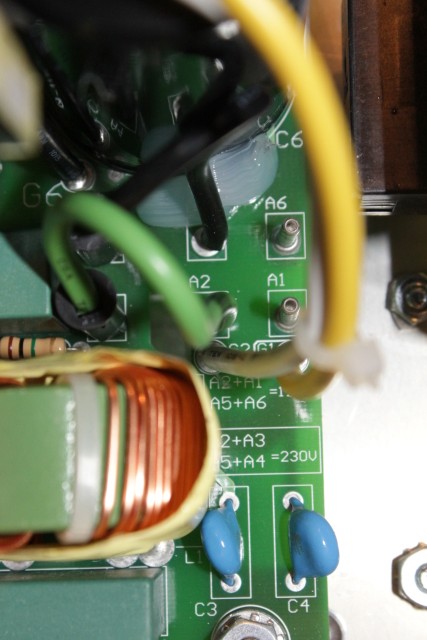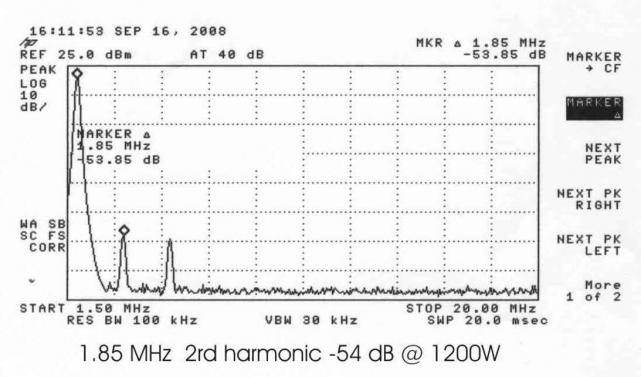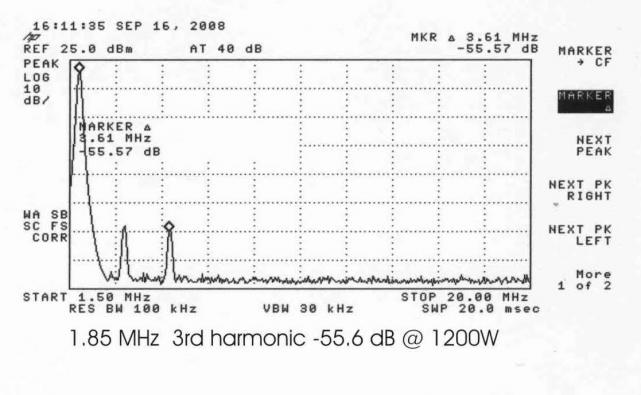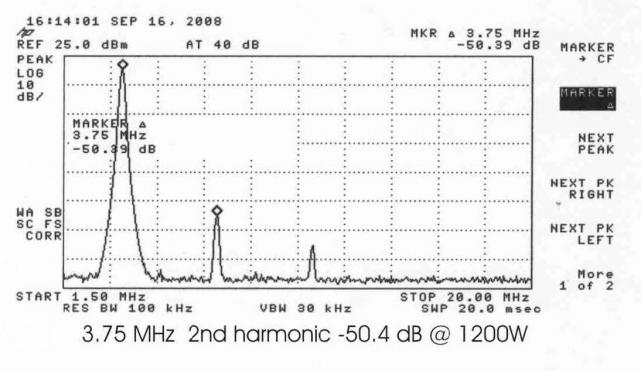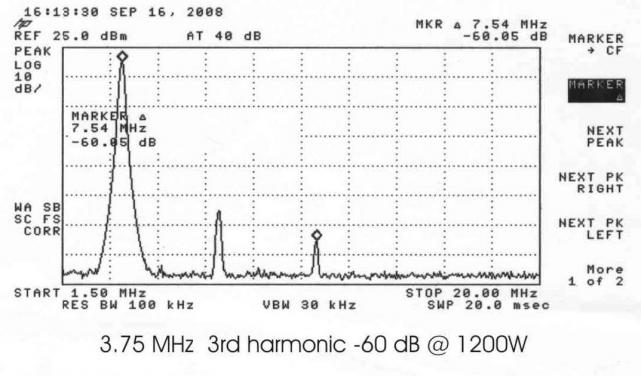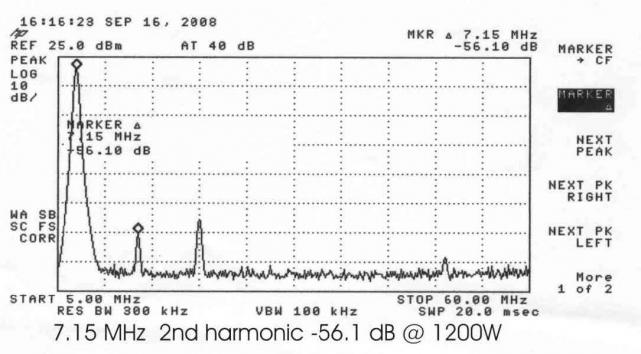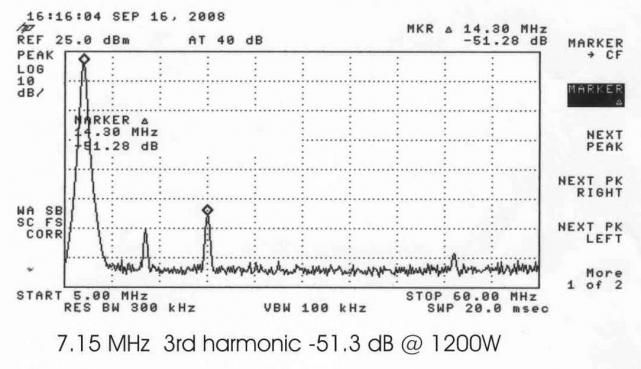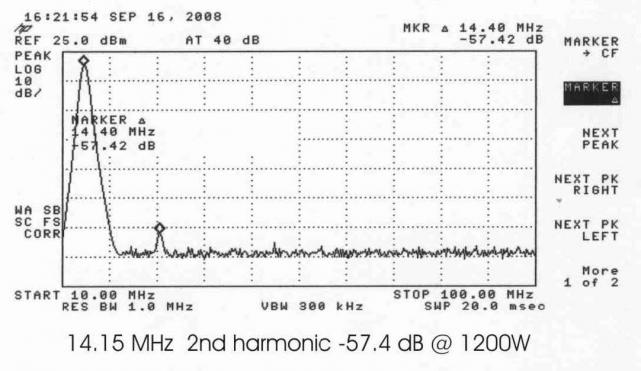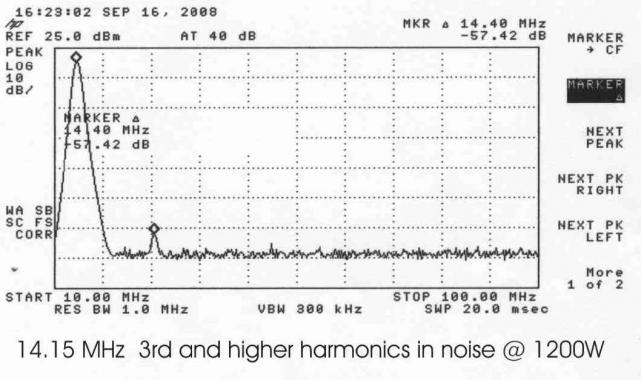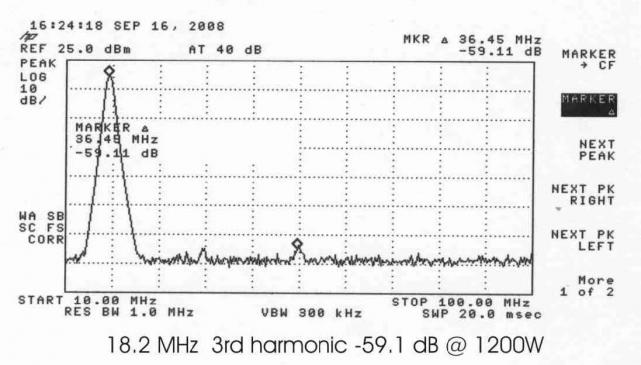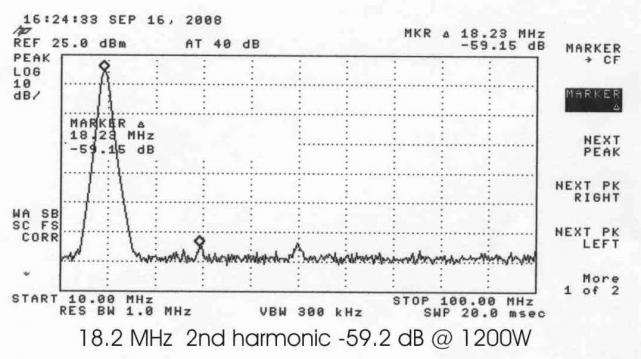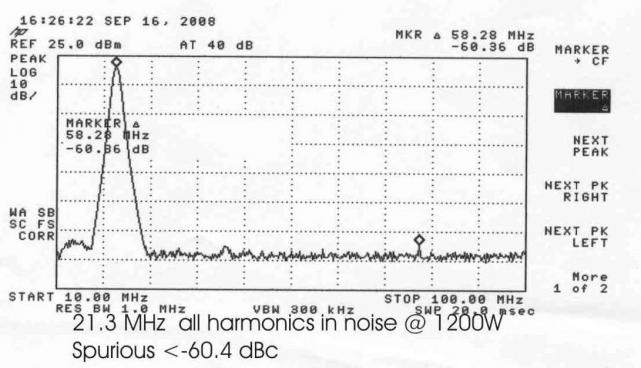Right at the end of 2010, Ameritron sent me an ALS-1300 solid state, 1200 watt HF amplifier to review. When I received it, I promptly took the AL-800H out of line and put the ALS-1300 in it's place. I've been running it on the Amateur bands and for MARS use since.
First, some pictures.
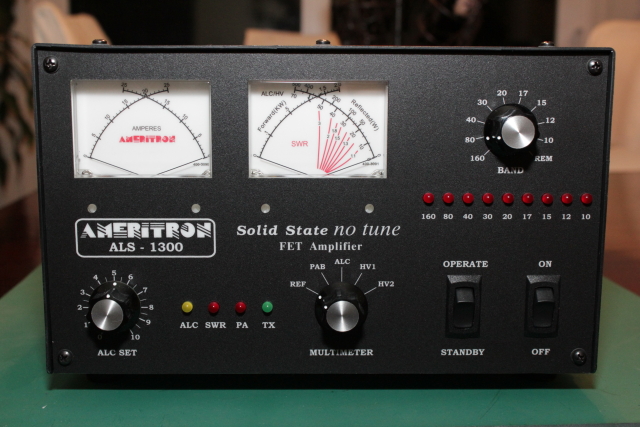
The face of the amplifier is large and the controls are easy to read and use. Once hooked up, the amp is literally a turn-on-and-play deal. One note, you can't just leave the Standby switch in the Operate position and turn it on. You must actively switch the Standby switch to Operate; if it was already in Operate when you turn it on, you must toggle it. This is actually a pretty good minor insurance feature. Then just switch it to the band you want to use and you're ready to go.
This is the 50 Volt power supply that ships with the amplifier:
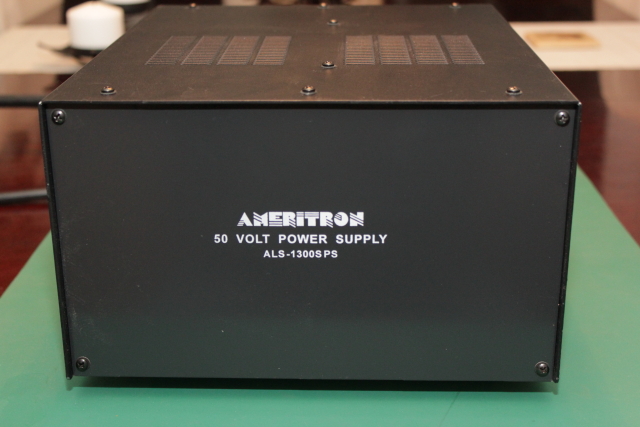
The power supply is actually much lighter than I thought it would be and any average sized person can lift it or move it around without struggling. For perspective on the size of the power supply, I stuck a wine bottle next to it:
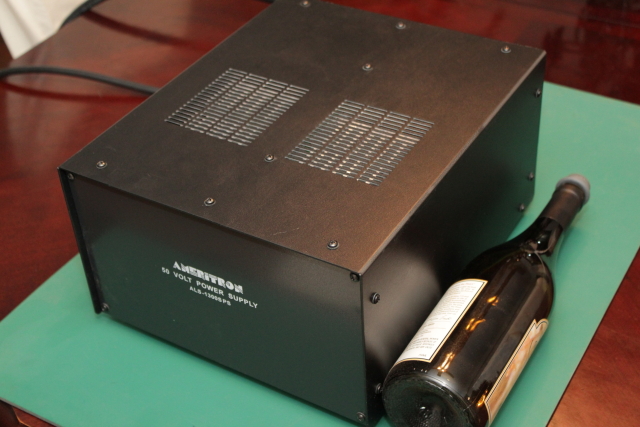
You can also see that the amplifier vents out the top, so you need to keep that area clear.
After removing the case, we can get a good look at what's inside the power supply. It is basically two power supplies hooked up in series mounted back to back. Here is one of the supplies:
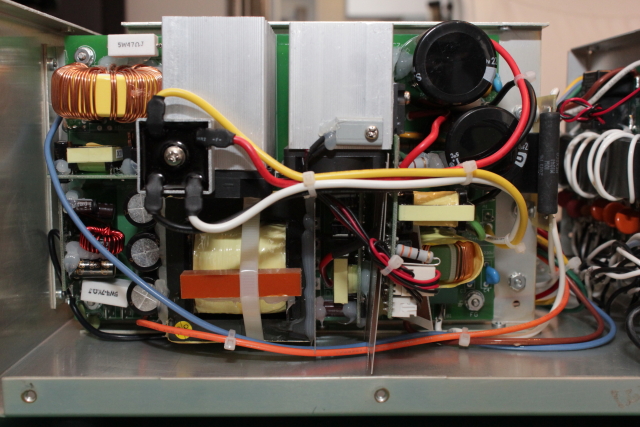
The back of the supply holds the board that interfaces to both the house mains and the amplifier. Also note the large sized torroid RF filters.
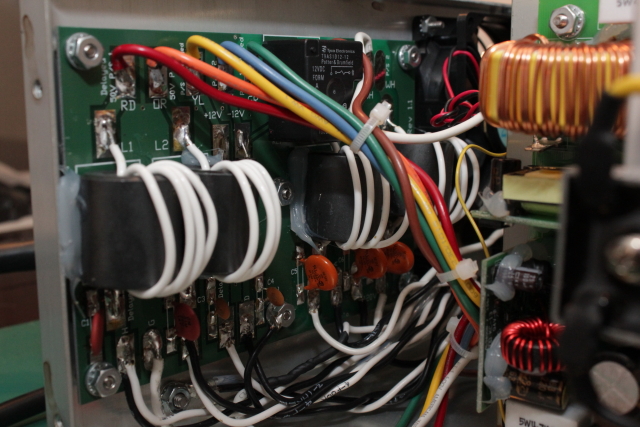
As a side note, the power supply contains both of the power cords needed to hook up to the supply voltage and the amplifier. The actual amplifier has no power wires.
The power supply comes with 15 amp, fast-blow fuses located on the back. You need to supply your own 25 amp fuses if you run it on 120 volts.
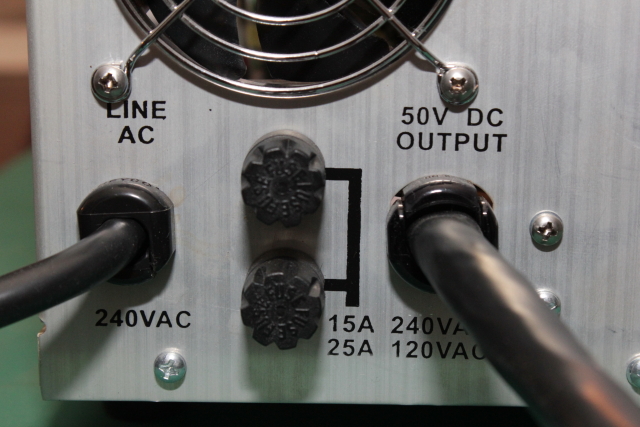
Here is the back of the amplifier:
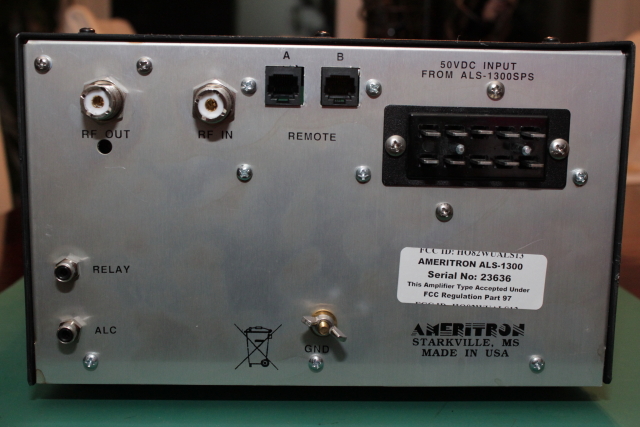
Note the large Cinch Jones connector that interfaces to the power supply harness. Everything else is pretty standard.
Four large fans blow cool air under the heat sinks and out the other side's exhaust port:
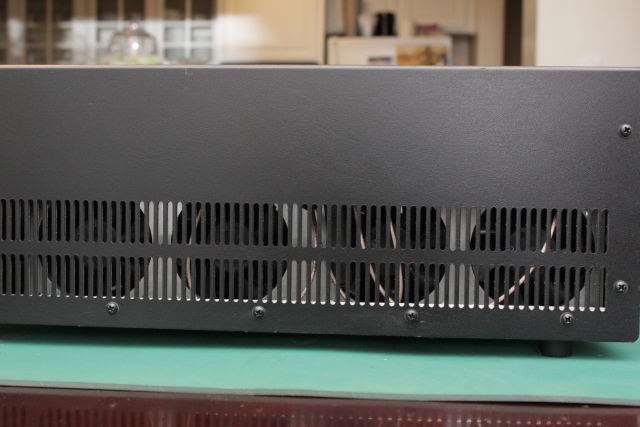
Exhaust port:
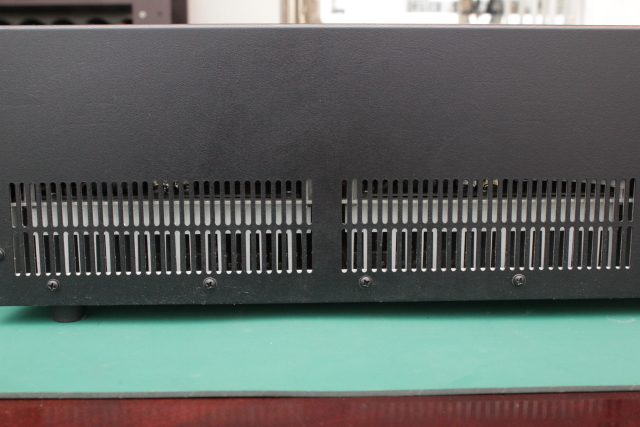
To help gain perspective on the size of the main amplifier, I've again placed the wine bottle next to it:
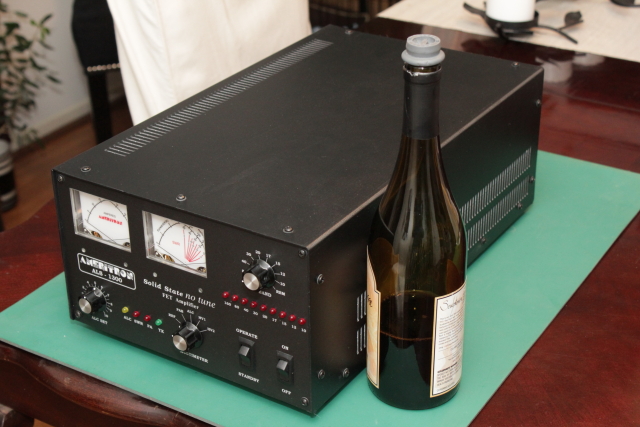
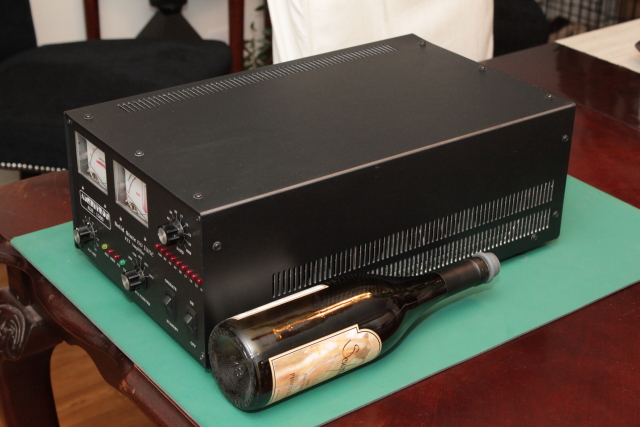
The right side meter on the face serves several functions:
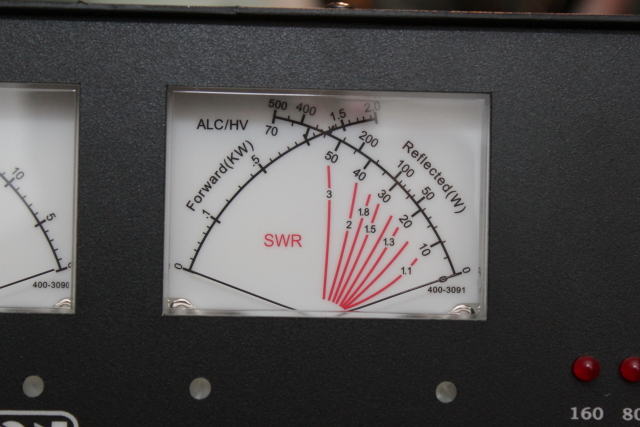
Most obvious is that it acts as a power/swr meter. However, you can turn the knob to the PAB setting and then the right 500 watt scale on the meter shows the difference in power output between PA module A and B (more on the PA modules later). If you switch the meter to ALC mode, you use the 0-70 scale on the right side for ALC voltage, which corresponds to 0-7 volts. If you switch the meter to either of the HV settings, the meter shows the operating voltage of power supply module selected, on a scale of 0-70 volts.
The left side meter shows you the current drawn by each of the power supply modules:
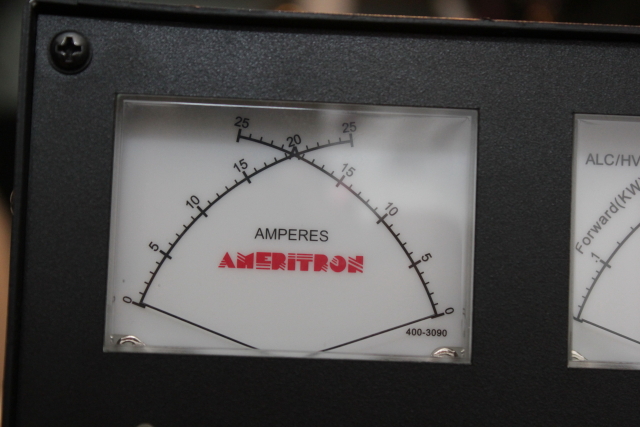
Next, I tear apart the amplifier and show what's inside!
First, some pictures.

The face of the amplifier is large and the controls are easy to read and use. Once hooked up, the amp is literally a turn-on-and-play deal. One note, you can't just leave the Standby switch in the Operate position and turn it on. You must actively switch the Standby switch to Operate; if it was already in Operate when you turn it on, you must toggle it. This is actually a pretty good minor insurance feature. Then just switch it to the band you want to use and you're ready to go.
This is the 50 Volt power supply that ships with the amplifier:

The power supply is actually much lighter than I thought it would be and any average sized person can lift it or move it around without struggling. For perspective on the size of the power supply, I stuck a wine bottle next to it:

You can also see that the amplifier vents out the top, so you need to keep that area clear.
After removing the case, we can get a good look at what's inside the power supply. It is basically two power supplies hooked up in series mounted back to back. Here is one of the supplies:

The back of the supply holds the board that interfaces to both the house mains and the amplifier. Also note the large sized torroid RF filters.

As a side note, the power supply contains both of the power cords needed to hook up to the supply voltage and the amplifier. The actual amplifier has no power wires.
The power supply comes with 15 amp, fast-blow fuses located on the back. You need to supply your own 25 amp fuses if you run it on 120 volts.

Here is the back of the amplifier:

Note the large Cinch Jones connector that interfaces to the power supply harness. Everything else is pretty standard.
Four large fans blow cool air under the heat sinks and out the other side's exhaust port:

Exhaust port:

To help gain perspective on the size of the main amplifier, I've again placed the wine bottle next to it:


The right side meter on the face serves several functions:

Most obvious is that it acts as a power/swr meter. However, you can turn the knob to the PAB setting and then the right 500 watt scale on the meter shows the difference in power output between PA module A and B (more on the PA modules later). If you switch the meter to ALC mode, you use the 0-70 scale on the right side for ALC voltage, which corresponds to 0-7 volts. If you switch the meter to either of the HV settings, the meter shows the operating voltage of power supply module selected, on a scale of 0-70 volts.
The left side meter shows you the current drawn by each of the power supply modules:

Next, I tear apart the amplifier and show what's inside!

